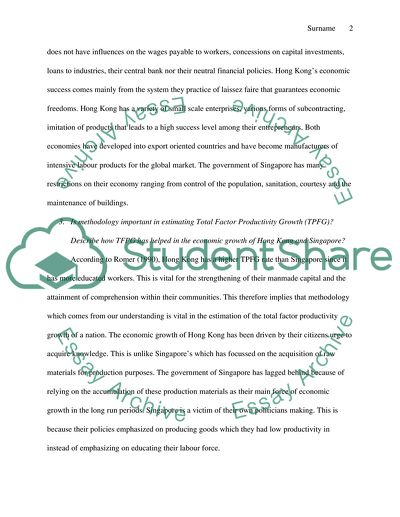Cite this document
(Business in Asia - South Korea, Hong Kong And Singapores Economic Assignment, n.d.)
Business in Asia - South Korea, Hong Kong And Singapores Economic Assignment. Retrieved from https://studentshare.org/macro-microeconomics/1766008-business-in-asia-3
Business in Asia - South Korea, Hong Kong And Singapores Economic Assignment. Retrieved from https://studentshare.org/macro-microeconomics/1766008-business-in-asia-3
(Business in Asia - South Korea, Hong Kong And Singapores Economic Assignment)
Business in Asia - South Korea, Hong Kong And Singapores Economic Assignment. https://studentshare.org/macro-microeconomics/1766008-business-in-asia-3.
Business in Asia - South Korea, Hong Kong And Singapores Economic Assignment. https://studentshare.org/macro-microeconomics/1766008-business-in-asia-3.
“Business in Asia - South Korea, Hong Kong And Singapores Economic Assignment”, n.d. https://studentshare.org/macro-microeconomics/1766008-business-in-asia-3.


